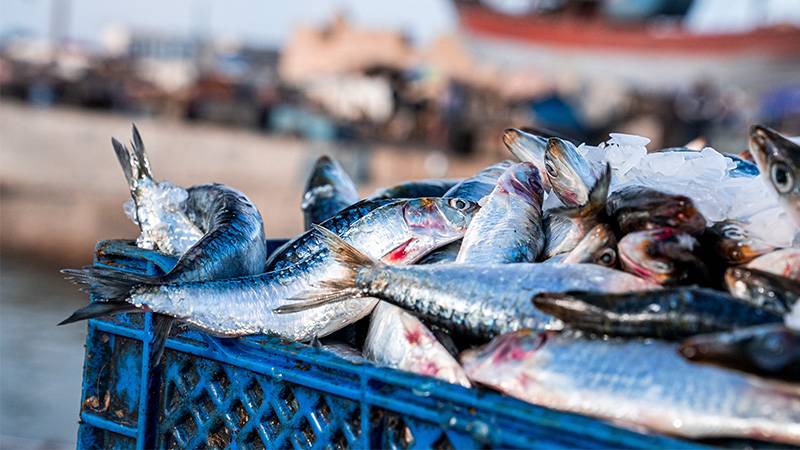Iceland has embarked on an ambitious environmental project aimed at achieving complete utilization of fish waste. This venture, known as the “100% Fish Project,” has seen a significant increase in the use of cod, from a mere 40% in 2003 to nearly 95% today. This has led to the development of an array of innovative products, such as cod skin grafts used for burn victims, Omega-3 capsules, and dog snacks.
One of the beneficiaries of this initiative is power station worker Pétur Oddsson. Following a severe electrical accident in 2020 that left nearly half his body covered in deep thermal burns, an ingenious solution saved his life. Doctors used grafted cod skin, effectively covering 7,000 square centimeters of his body with a distinct, scale-like imprint, which marks him as a living testament to the project’s innovation.
The 100% Fish Project was initiated by the Iceland Ocean Cluster, working in tandem with various research institutes and private companies. The goal is to find efficient ways to repurpose byproducts from Iceland’s $2 billion seafood industry, turning what was once considered waste into useful and sustainable commodities. The project has not only created jobs and manifested domestically produced goods but has also offered lower-impact fish meal for the burgeoning aquaculture industry.
The fish skin grafts are a breakthrough invention from chemist Fertram Sigurjonsson, founder of biotech company Kerecis. The grafts come in various sizes to accommodate wounds of different scales and have been utilized to treat thousands of patients with burns, open diabetes wounds, and infected C-sections.
Árni Mathiesen, the cluster’s senior adviser and the country’s former fisheries minister, says the 100% Fish Project has created jobs and manifested once-scarce domestically produced goods. It has also, adds Alexandra Leeper, the cluster’s head of research and innovation, provided lower-impact fish meal for a burgeoning aquaculture industry.
Cod skin represents about eight percent of the fish’s weight and is a rich source of collagen, a vital protein for human skin, ligament, and bone health. This resource is utilized by companies like Feel Iceland, which generates collagen supplements from 700 tonnes of fish skin annually.
Fish bones, accounting for at least 35% of a cod’s weight, have long been dried and exported to countries like Nigeria. However, due to market unpredictability, researchers are exploring new applications such as extracting calcium for supplements.
The most challenging aspects of the cod to utilize are the blood and eyeballs. Fish blood, which constitutes 10% of a fish’s weight, could potentially be used for products such as sausage filler, fish feed, or fertilizer. However, collecting it presents a significant challenge. As for the eyeballs, attempts to extract valuable fats or investigate potential antiseptic properties have so far proven unfruitful.
According to Hakai Magazine, the project remains optimistic, inspired by the successful precedent of cod livers. Once discarded as waste, they are now an expensive delicacy that fishermen are keen to preserve. The transformation occurred when fishermen started to recognize the high profits garnered from the sale of cod liver. This illustrates the potential for new value to be found in even the most unexpected parts of the fish, driving the project’s quest to achieve 100% utilization.
More inspiring green news similar to this:


